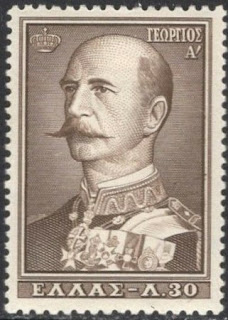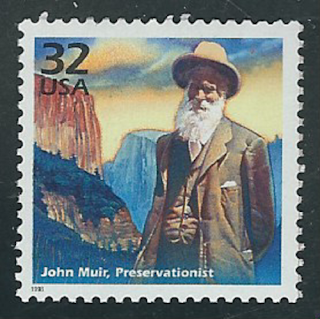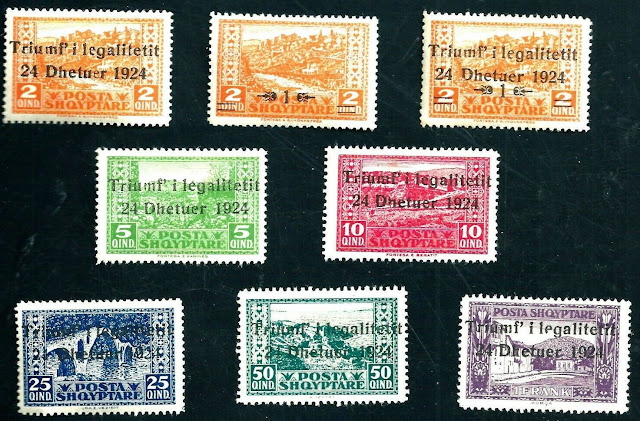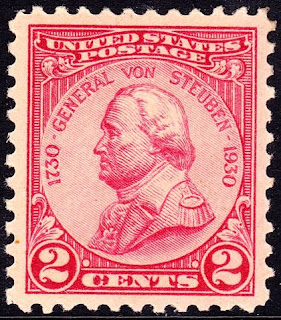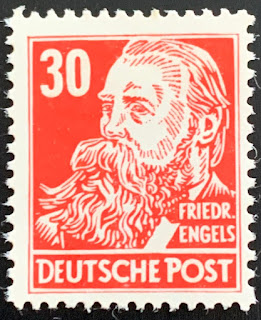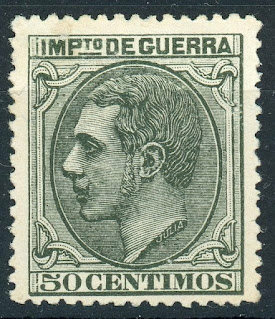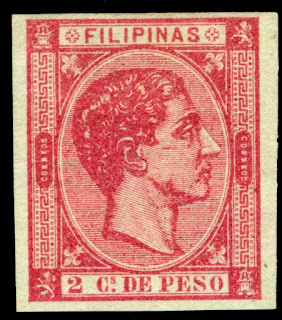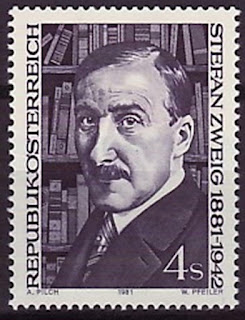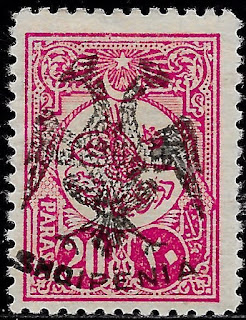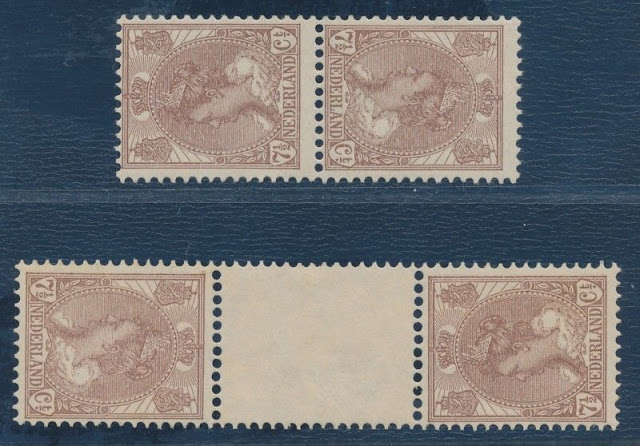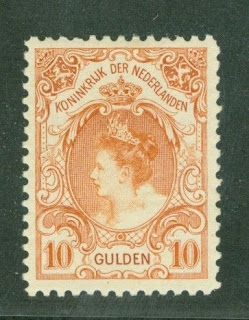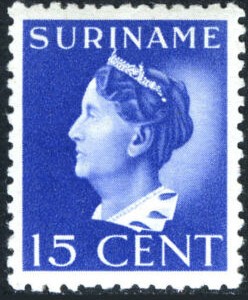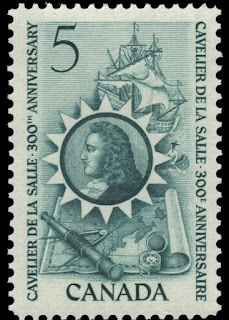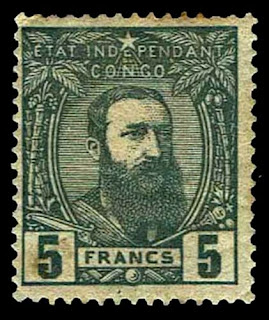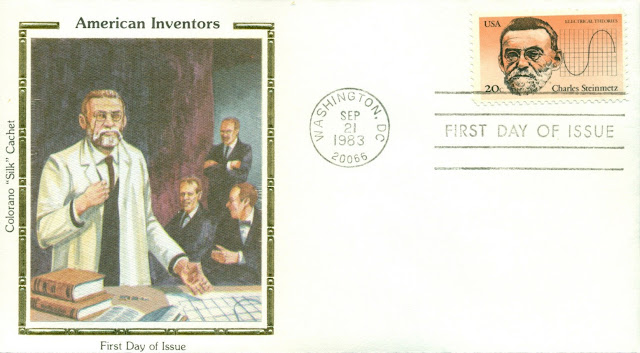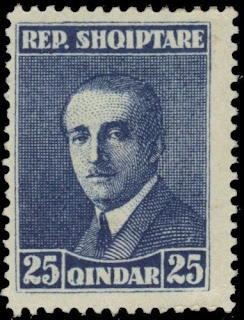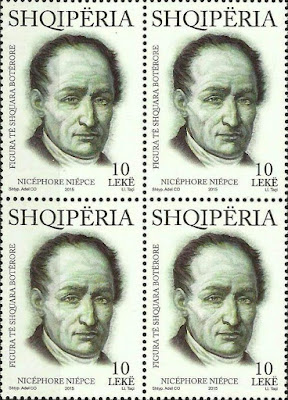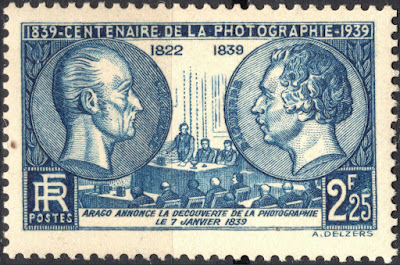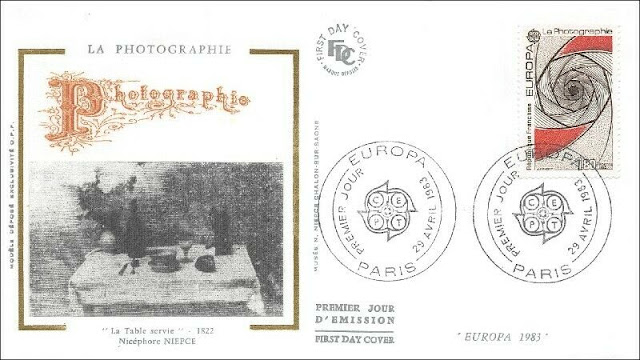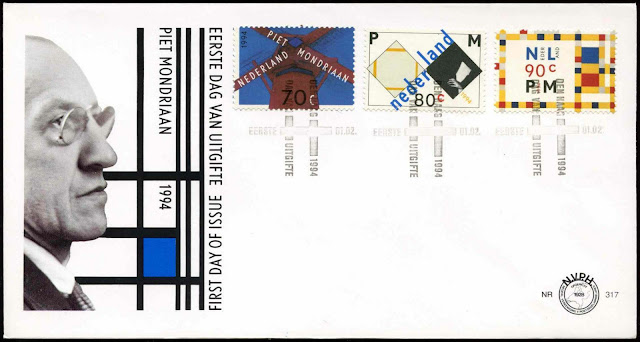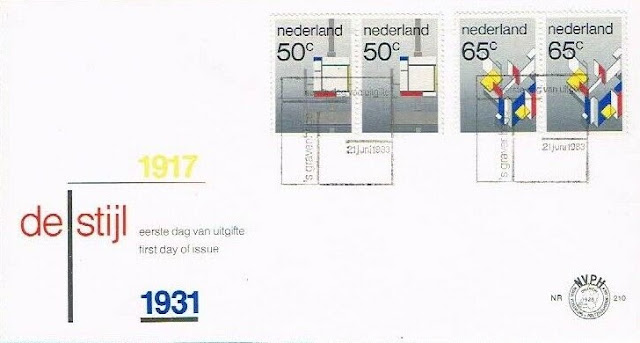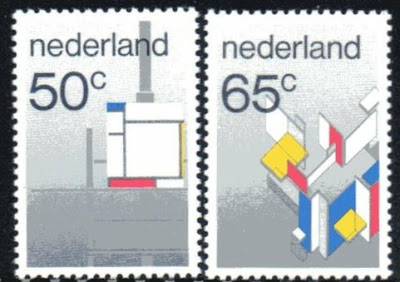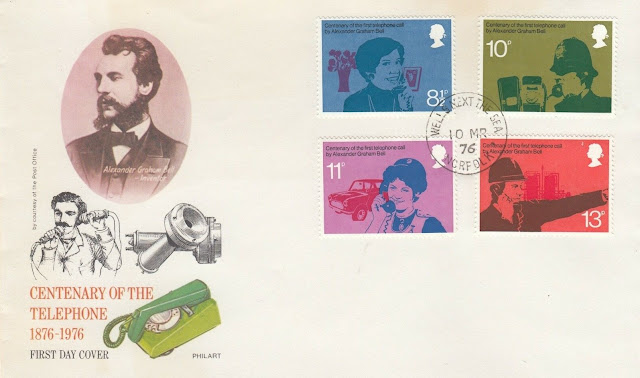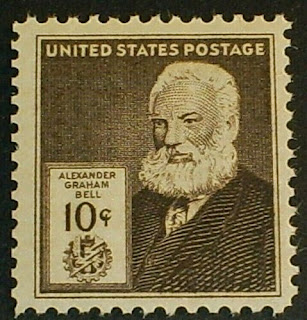Here are some events that happened on December 24th. It could be an event or a person that died or was born on that day
1845 Born: George I of Greece (d. 1913)
George I (24 December 1845 – 18 March 1913) was King of Greece from 30 March 1863 until his assassination in 1913.
Originally a Danish prince, he was born in Copenhagen, and seemed destined for a career in the Royal Danish Navy. He was only 17 years old when he was elected king by the Greek National Assembly, which had deposed the unpopular Otto. His nomination was both suggested and supported by the Great Powers: the United Kingdom of Great Britain and Ireland, the Second French Empire and the Russian Empire. He married Grand Duchess Olga Constantinovna of Russia in 1867, and became the first monarch of a new Greek dynasty. Two of his sisters, Alexandra and Dagmar, married into the British and Russian royal families. Edward VII of the United Kingdom and Alexander III of Russia were his brothers-in-law, and George V, Nicholas II, Christian X of Denmark and Haakon VII of Norway were his nephews.
George's reign of almost 50 years (the longest in modern Greek history) was characterized by territorial gains as Greece established its place in pre-World War I Europe. Britain ceded the Ionian Islands peacefully in 1864, while Thessaly was annexed from the Ottoman Empire after the Russo-Turkish War (1877–1878). Greece was not always successful in its territorial ambitions; it was defeated in the Greco-Turkish War (1897). During the First Balkan War, after Greek troops had captured much of Greek Macedonia, George was assassinated in Thessaloniki. Compared with his own long tenure, the reigns of his successors Constantine I, Alexander, and George II proved short and insecure.
Greece stamp depicting George I
1914 Died: John Muir, Scottish-American environmentalist and author (b. 1838)
John Muir (April 21, 1838 – December 24, 1914) also known as "John of the Mountains" and "Father of the National Parks", was an influential Scottish-American naturalist, author, environmental philosopher, botanist, zoologist, glaciologist, and early advocate for the preservation of wilderness in the United States of America.
His letters, essays, and books describing his adventures in nature, especially in the Sierra Nevada, have been read by millions. His activism helped to preserve the Yosemite Valley and Sequoia National Park, and his example has served as an inspiration for the preservation of many other wilderness areas. The Sierra Club, which he co-founded, is a prominent American conservation organization. In his later life, Muir devoted most of his time to the preservation of the Western forests. As part of the campaign to make Yosemite a national park, Muir published two landmark articles on wilderness preservation in The Century Magazine, "The Treasures of the Yosemite" and "Features of the Proposed Yosemite National Park"; this helped support the push for U.S. Congress to pass a bill in 1890 establishing Yosemite National Park. The spiritual quality and enthusiasm toward nature expressed in his writings has inspired readers, including presidents and congressmen, to take action to help preserve large nature areas.
John Muir has been considered "an inspiration to both Scots and Americans". Muir's biographer, Steven J. Holmes, believes that Muir has become "one of the patron saints of twentieth-century American environmental activity," both political and recreational. As a result, his writings are commonly discussed in books and journals, and he has often been quoted by nature photographers such as Ansel Adams. "Muir has profoundly shaped the very categories through which Americans understand and envision their relationships with the natural world," writes Holmes.
Muir was noted for being an ecological thinker, political spokesman, and religious prophet, whose writings became a personal guide into nature for many people, making his name "almost ubiquitous" in the modern environmental consciousness. According to author William Anderson, Muir exemplified "the archetype of our oneness with the earth", while biographer Donald Worster says he believed his mission was "saving the American soul from total surrender to materialism." On April 21, 2013, the first John Muir Day was celebrated in Scotland, which marked the 175th anniversary of his birth, paying homage to the conservationist.
US stamps depicting John Muir,
1924 – Albania becomes a republic.
Albania, officially the Republic of Albania, is a country in Southeast Europe on the Adriatic and Ionian Sea within the Mediterranean Sea. It shares land borders with Montenegro to the northwest, Kosovo to the northeast, North Macedonia to the east, Greece to the south and maritime borders with Greece, Montenegro and Italy to the west.
Geographically, Albania displays varied climatic, geological, hydrological, and morphological conditions, defined in an area of 28,748 km2 (11,100 sq mi). It possesses significant diversity with the landscape ranging from the snow-capped mountains in the Albanian Alps as well as the Korab, Skanderbeg, Pindus and Ceraunian Mountains to the hot and sunny coasts of the Albanian Adriatic and Ionian Sea along the Mediterranean Sea.
Historically, Albania has been inhabited by numerous civilisations such as the Illyrians, Thracians, Ancient Greeks, Romans, Byzantines, Venetians and Ottomans. The Albanians established the autonomous Principality of Arbër in the 12th century. The Kingdom of Albania and Principality of Albania formed between the 13th and 14th centuries. Prior to the Ottoman conquest of Albania in the 15th century, the Albanian resistance to Ottoman expansion into Europe led by Gjergj Kastrioti Skanderbeg won them acclaim over most of Europe.
Between the 18th and 19th centuries, cultural developments, widely attributed to Albanians having gathered both spiritual and intellectual strength, conclusively led to the Albanian Renaissance. After the defeat of the Ottomans in the Balkan Wars, the modern nation state of Albania declared independence in 1912. In the 20th century, the Kingdom of Albania was invaded by Italy which formed Greater Albania before becoming a protectorate of Nazi Germany. Enver Hoxha formed Communist Albania after the Second World War and launched the Albanians on a path of oppression and decades of isolation. The Revolutions of 1991 concluded the fall of communism in Albania and eventually the establishment of the current Republic of Albania.
Following the end of the government of Fan Noli, the parliament adopted a new constitution and proclaimed the country as a parliamentary republic in which King Zog I of Albania (Ahmet Muhtar Zogu) served as the head of state for a seven-year term. Immediately after, Tirana was endorsed officially as the country's permanent capital.
Stamps issued to celebrate the return of the Government to the Capital after a revolution.
1992 Died Peyo, Belgian cartoonist, created The Smurfs (b. 1928)
Pierre "Peyo" Culliford (25 June 1928 – 24 December 1992) was a Belgian cartoonist who worked under the pseudonym Peyo ([pejo]). His best-known works are the comic strips The Smurfs and Johan and Peewit, in which the Smurfs first appeared.
After working briefly at a Belgian animation studio, Peyo began making comic strips for daily newspapers such as Le Soir shortly after World War II. At the beginning of the 1950s, he brought his character Johan to the magazine Spirou, whom he soon gave a companion, the diminutive Peewit; the strip soon became a staple of the weeklies. Peyo introduced the Smurfs in the Johan and Peewit storyline The Magic Flute in 1958; the characters quickly supplanted Johan and Peewit in popularity and left them behind for their own series.
In 1960, Peyo founded a studio to accommodate his assistants such as François Walthéry, Gos, and Marc Wasterlain [fr] and created the series Steven Strong and Jacky and Célestin [fr]. Peyo's output diminished in the 1970s, at first due to the time he invested in the film The Smurfs and the Magic Flute (1976); in the 1980s, he put in more time, despite recurring health problems, into an American adaptation of The Smurfs as an animated television series. After the series concluded, he left his publisher Dupuis to found his own publishing house, Cartoon Creation, and a cartoon magazine, Schtroumpf!, which soon folded due to management problems. He joined Le Lombard in 1992 but died a few months later. Since his death, Peyo's children have continued to promote his work under the brand "Peyo".
Belgian and Swiss stamps depicting The Smurfs
